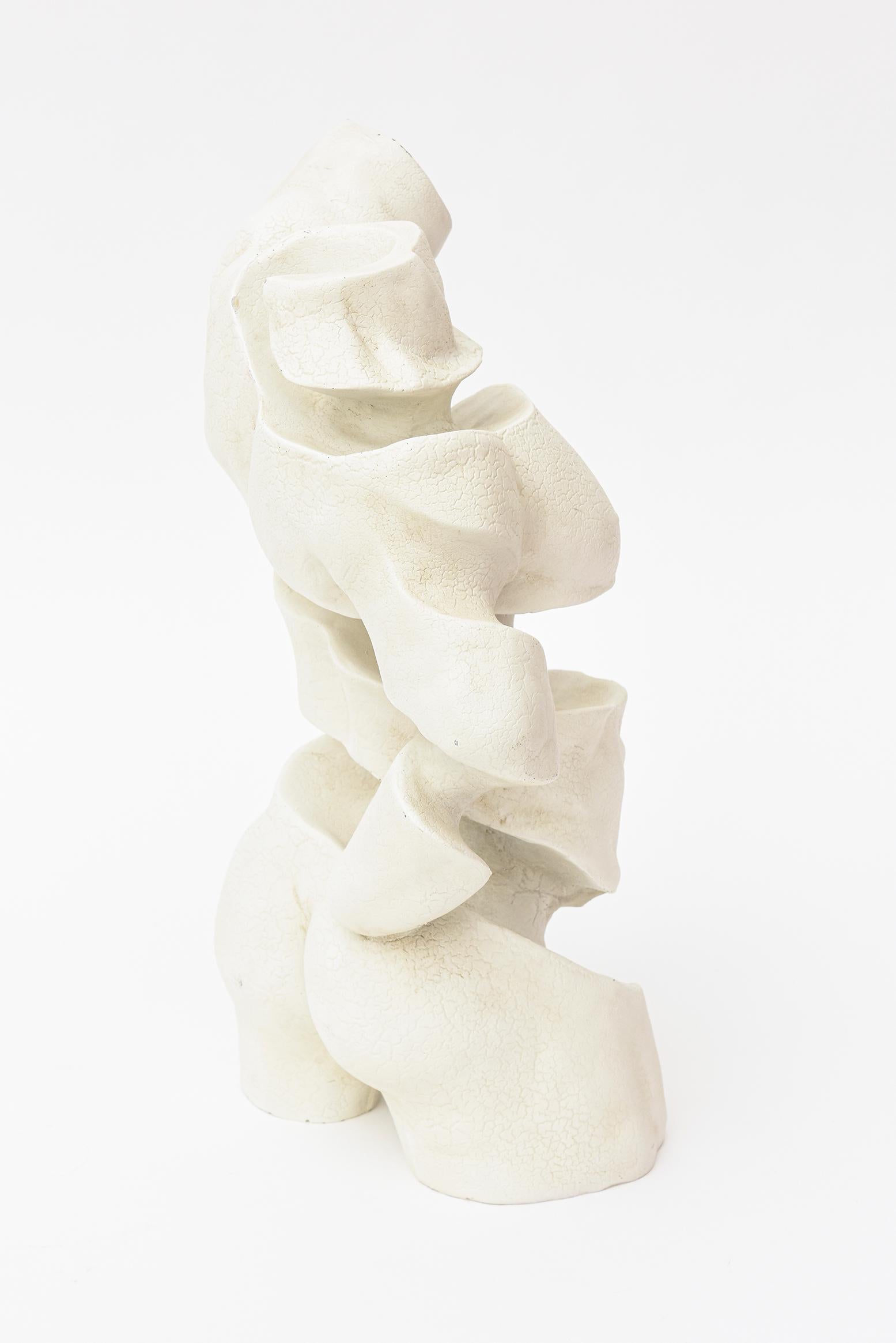

Similar to Picasso’s and Georges Braque‘s collage works, the initial concept of what a sculpture may look like and be was allowed to utilize any material it thought essential. This was a novel way of looking at and constructing the sculpture, and it immediately became popular. Picasso sought for whatever was available to him in his Paris studio during the war, and began to gather his non-representative, and sometimes very provocative, items. The other side portrayed the post-war period’s clash and the hardship of each day. On the one hand, it desired to connect with the spiritual, intellectual, and ceremonial symbols of remote African, and Asian civilizations. Head of a Woman (Fernande) plaster sculpture (1909) by Pablo Picasso, located in the Tate Modern in London Wmpearl, CC0, via Wikimedia Commons

#Abstract plaster sculpture free
The sculpture was no longer required to depict anything instead, it was free to just exist and serve as a representation of a unique type of art. Picasso’s Cubist sculptures, seen as another area for exploration as they broke away from the conventional idea of modeling, demonstrated that these new items also permitted the interplay of geometrical forms, flattening of their surfaces, and fracturing. Three-dimensional performances began to embrace a distinctive form and purpose with the development of Cubism. It had to break the chains from generations of traditions that praised the ideal human form in portraits, busts, and sculptures. It took some time for the abstract sculptures to break through. The 3D objects started to dance, move, and sparkle, calling into question their basic essence as well as the nature of artistic creation. The incorporation and use of common resources deviated from conventional modeling concepts and materials like ceramic, plaster, stone, or metal. Such study aided in the formation of a novel link between the item and the environment, not to mention the development of a unique aesthetic lexicon. Rodin removed the harsh contour of traditional 3D creation in order to make place for his massive sculptures in the approaching contemporary 19th century.Ĭlosely following some of the most significant and crucial avant-garde developments and their inventions in 2D works, a new notion of object utility was presented. Auguste Rodin, without a fervent desire to defy tradition, was, in reality, the founder of modern sculpture. 3.2 What Influenced Abstract Sculpture Art?Ībstract sculpture was born as a result of the heavy hand of industrialization and an ever-increasing quantity of sculptors distancing themselves from a conventional concept of sculpture.2.2.1 Sculpture to be Lost in the Forest (1932).2 Famous Sculpture Artists of Abstract Art.1.2 The Significant Influences That Shaped Abstract Sculpture.1.1 The Early Days of Abstract Sculpture Art.1 The History of Abstract Sculpture Art.


 0 kommentar(er)
0 kommentar(er)
